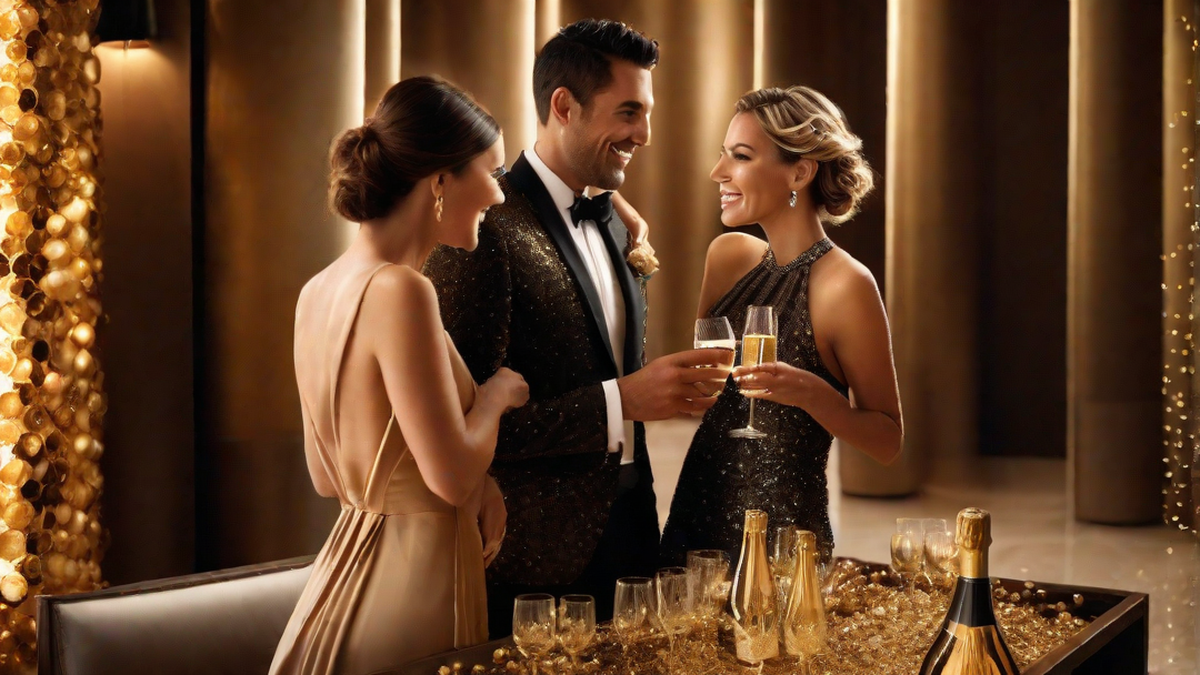Regarding the enjoyment of a glass of sparkling wine, a frequent inquiry emerges: how many glasses does it take to reach a state of drunkenness? Possessing a keen fascination with wine, the effects of alcohol on the body and what factors contribute to becoming drunk intrigue me deeply. In this article, I aim to delve into this topic and provide some insights on how many servings of champagne might result in becoming tipsy.
First and foremost, it is important to note that the number of glasses of champagne it takes to get drunk can vary from person to person. Several factors come into play, including body weight, metabolism, tolerance, and the alcohol content of the champagne itself. It is crucial to drink responsibly and know your limits.
Champagne typically has an alcohol content ranging from 11% to 13%. To calculate how many glasses it might take to get drunk, we need to consider the standard serving size of champagne. A standard serving of champagne is typically considered to be around 5 to 6 ounces, which is equivalent to about 150 to 180 milliliters.
Now, let’s do some math. To determine the number of glasses it might take to get drunk, we need to consider the effects of alcohol on the body. On average, it takes about one hour for the body to metabolize one standard drink. This means that if you were to drink one glass of champagne, it would take approximately one hour for your body to process the alcohol.
Additionally, the general rule of thumb is that it takes about four to five standard drinks within a two-hour period to reach a blood alcohol concentration (BAC) of 0.08%. This is the legal limit for driving in many countries. However, it is important to remember that everyone’s tolerance and metabolism are different, so it’s best not to rely solely on these calculations.
Considering these factors, let’s say you weigh 150 pounds and have an average metabolism. If we assume that you’re drinking champagne with an alcohol content of 12%, it would take approximately 3 to 4 glasses of champagne within a two-hour period to reach a BAC of 0.08%. This estimation also takes into account the average serving size of champagne.
It is essential to recognize that getting drunk is not the same as enjoying a glass or two of champagne. The purpose of champagne is to celebrate special occasions, savor the flavors, and enjoy the effervescence. It’s always better to drink in moderation and know your personal limits.
In conclusion, the number of glasses of champagne it takes to get drunk varies from person to person and depends on several factors. It is crucial to drink responsibly, know your limits, and be aware of the effects of alcohol on your body. Champagne is meant to be enjoyed, so let’s raise a glass and celebrate responsibly!
